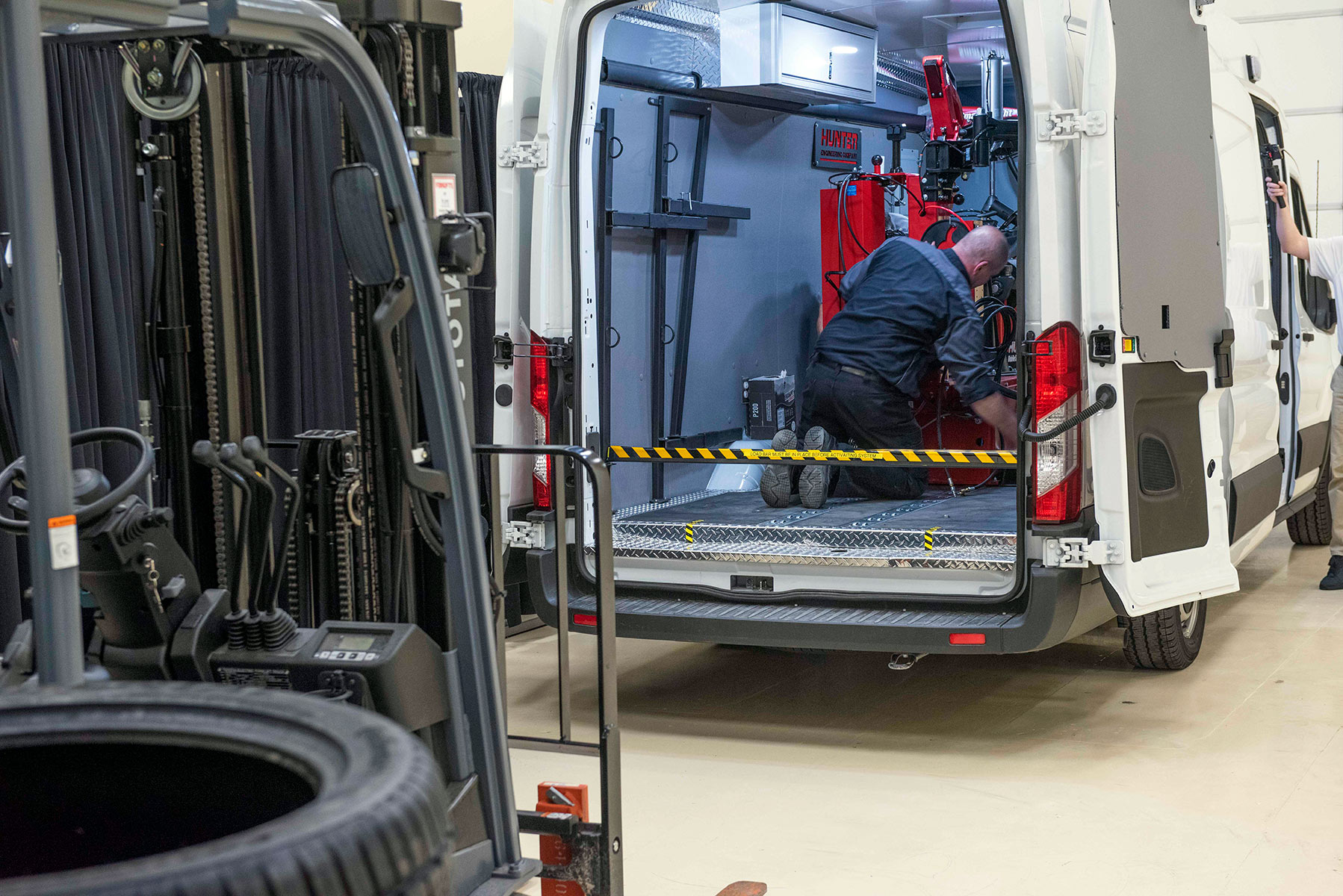Tire Solution: Proven Techniques for Optimal Tire Upkeep and Treatment
Maintaining optimum tire condition is paramount for both security and efficiency of any type of vehicle. From making certain proper tire stress to regular rotation and positioning, there are proven techniques that can significantly extend the life expectancy of your tires and enhance general driving experience. As we discover the details of tire treatment and upkeep, we will discover essential guidelines that every lorry owner must stick to for the very best feasible results. Let's look into the world of tire solution and find the secrets to maintaining your tires in first-class form for the lengthy haul.
Importance of Tire Pressure
Sufficient tire pressure promotes much better gas efficiency, as under-inflated tires can lead to boosted rolling resistance, causing the engine to work more challenging and eat even more fuel. Proper tire stress makes certain even step wear, enhancing tire longevity and saving money in the lengthy run by postponing the requirement for premature replacements. Consistently checking and adjusting tire pressure, particularly previously lengthy journeys, is a basic yet reliable means to improve lorry performance, prolong tire life-span, and prioritize safety on the roadway.
Tire Turning Guidelines
When considering tire turning standards, it is necessary to recognize the relevance of this upkeep job in optimizing tire life-span and keeping optimum vehicle performance. Tire rotation includes altering the setting of each tire on a car to make sure even step wear. Front tires often tend to wear much more swiftly than back tires as a result of guiding pressures, making routine rotation crucial for balanced wear patterns. The advised turning pattern varies relying on whether an automobile is front-wheel, rear-wheel, all-wheel, or four-wheel drive. Usually, tires should be revolved every 5,000 to 7,500 miles, or as suggested in the automobile handbook. Overlooking tire rotation can lead to irregular wear, impacting handling, traction, and potentially compromising automobile security. By adhering to proper rotation standards, vehicle drivers can prolong the life of their tires, boost fuel efficiency, and boost general driving experience. Routine rotation is a straightforward yet efficient maintenance method that contributes dramatically to tire durability and lorry efficiency.

Advantages of Wheel Alignment
Making certain proper wheel alignment after tire turning is important for keeping balanced wear patterns and maximizing automobile performance. Wheel positioning refers to the modification of the angles of the wheels to the maker's requirements. One of the vital benefits of wheel positioning is improved steering and taking care of action. When the wheels are effectively aligned, it decreases steering effort, making certain a smoother and a lot more regulated driving experience. In addition, proper wheel placement helps to prolong the life expectancy of your tires. Misaligned wheels can create unequal tire wear, resulting in premature tire replacement and increased maintenance prices.

Tire Footstep Deepness Examine
Performing a routine examination of tire step deepness is vital for maintaining risk-free driving problems and lengthening like it the lifespan of your tires. The walk on your tires plays an important function in giving traction, specifically in slippery or damp problems. To check your tire tread depth, you can make use of a walk deepness scale or the dime test. The advised step depth goes to the very least 2/32 of an inch. If the tread deepness is below this threshold, it is time to replace your tires to make sure optimum performance and safety on the roadway. Unequal step wear can show concerns with tire alignment, suspension, or pressure, highlighting the significance of regular tread depth checks. Disregarding to check and keep appropriate step depth can cause reduced grasp, longer stopping distances, and an enhanced risk of hydroplaning. By including tire tread deepness look into your routine maintenance routine, you can drive with self-confidence recognizing that your tires are in leading problem.
Seasonal Tire Assessment
An extensive analysis of check this tire problem tailored to certain weather problems is vital for maintaining ideal efficiency and security throughout the year. Seasonal tire examination is an essential facet of tire upkeep that ensures tires prepare to face the difficulties postured by different climate condition. To prepare for wintertime, it is vital to inspect the tire stress consistently as cool temperatures can cause tire stress to go down. Examining tire tread deepness is additionally vital to guarantee appropriate grip on snow and frozen roads. In addition, looking for indications of deterioration, such as splits or lumps, can aid prevent prospective tire failures. As the seasons change, it is necessary to evaluate tire condition and make any type of needed changes to guarantee safe driving. By performing regular seasonal tire inspections, chauffeurs can extend tire life expectancy, improve fuel efficiency, and most importantly, guarantee a protected driving experience in varying weather - Mobile Tire Change Las Vegas.
Final Thought
Finally, keeping appropriate tire stress, turning tires regularly, straightening wheels properly, keeping track of walk depth, and performing seasonal examinations are essential techniques for ideal tire care. By following these proven approaches, vehicle drivers can ensure their tires last much longer, carry out far better, and contribute to total vehicle safety. It is necessary to prioritize tire upkeep to avoid crashes, boost gas effectiveness, and lengthen the lifespan of tires.
Appropriate tire pressure promotes better fuel effectiveness, as under-inflated tires can lead to raised rolling resistance, causing the engine to function tougher and consume more gas.When thinking about tire turning standards, it is important to comprehend the relevance of this maintenance job in taking full advantage of tire life-span and maintaining optimal automobile efficiency. Seasonal tire inspection is an essential facet of tire upkeep that ensures tires are ready to deal with the difficulties postured by different weather condition problems. By performing regular seasonal tire inspections, motorists can prolong tire life expectancy, boost gas performance, and most notably, ensure a secure original site driving experience in differing weather condition problems.
In verdict, keeping correct tire stress, revolving tires frequently, aligning wheels correctly, monitoring tread deepness, and performing seasonal examinations are important techniques for optimum tire treatment.